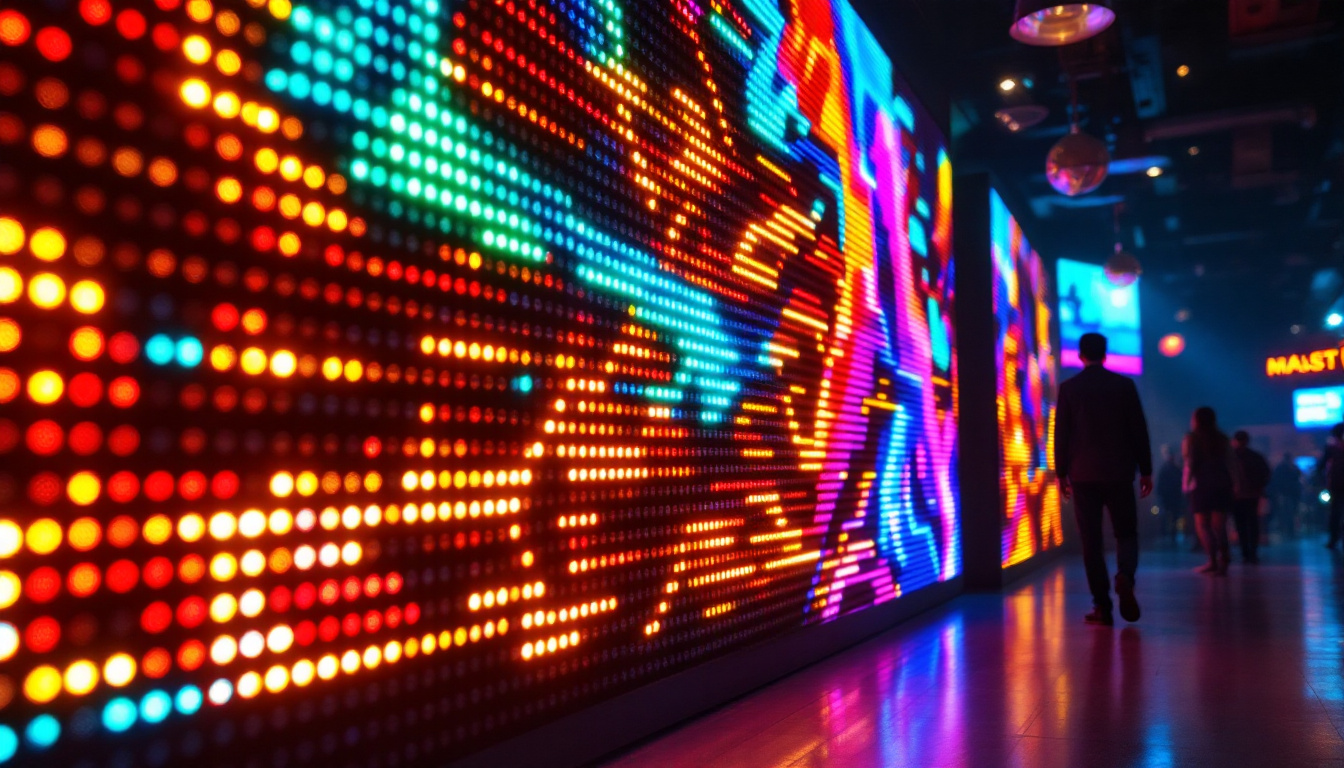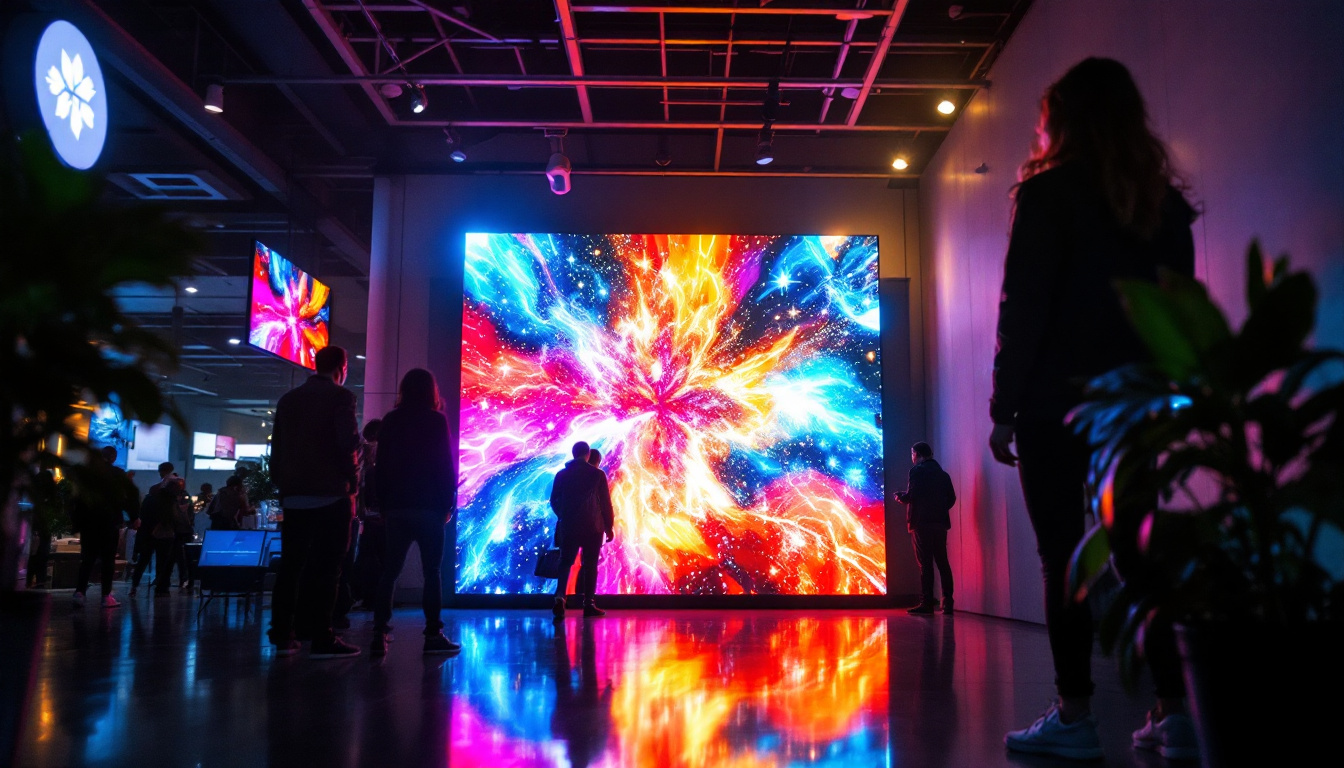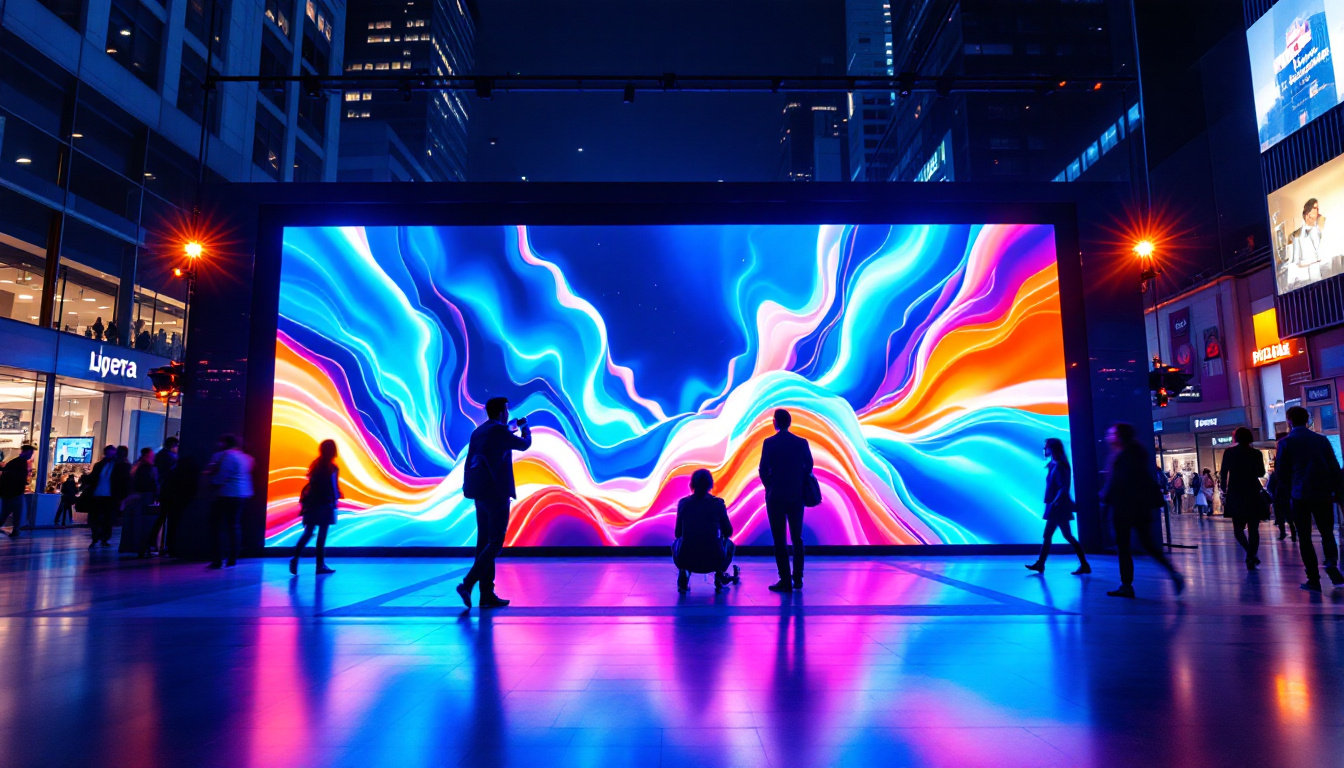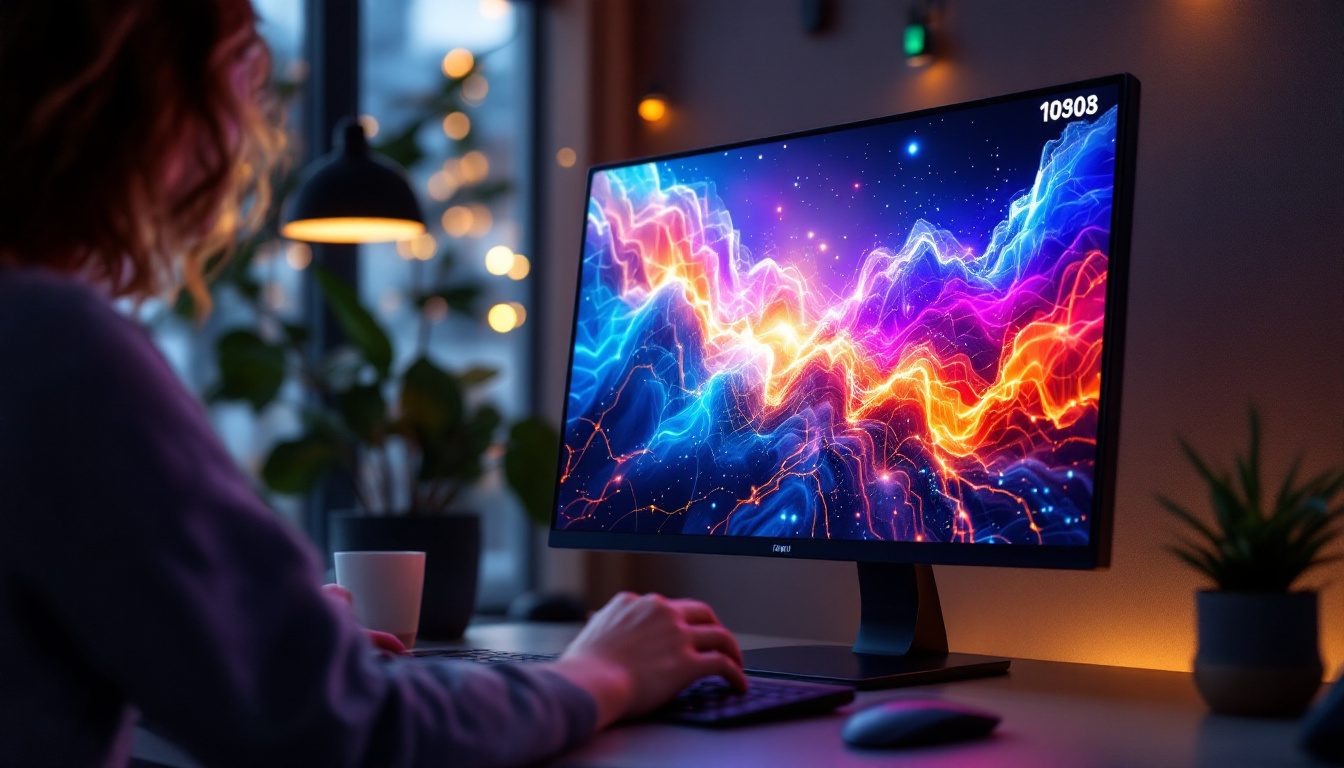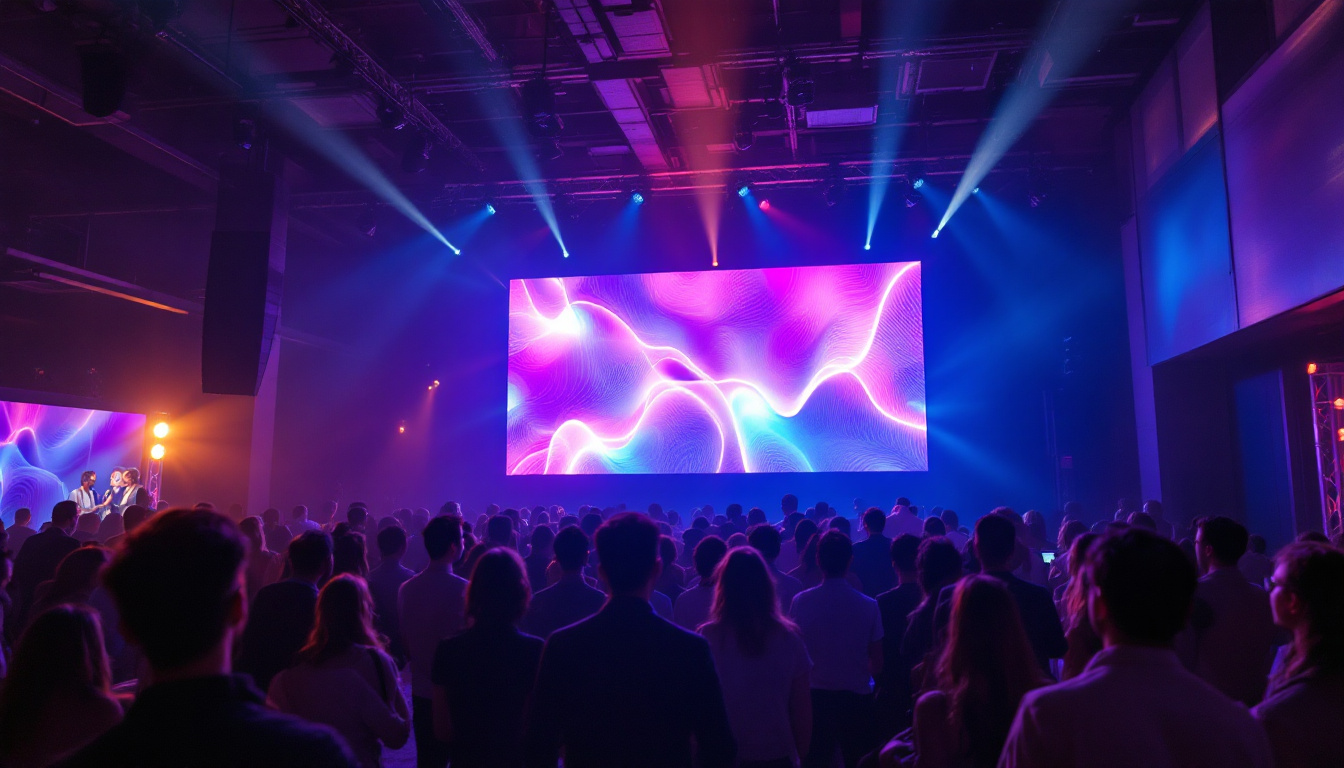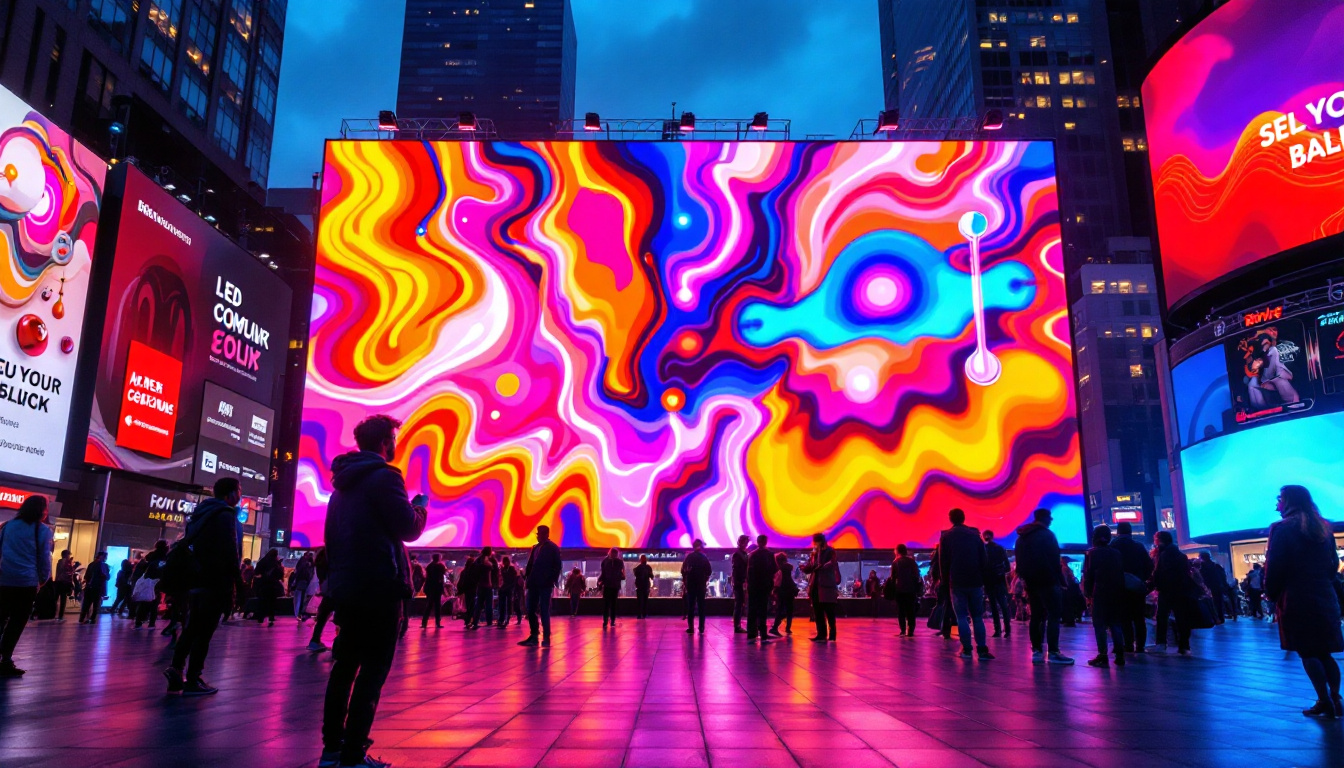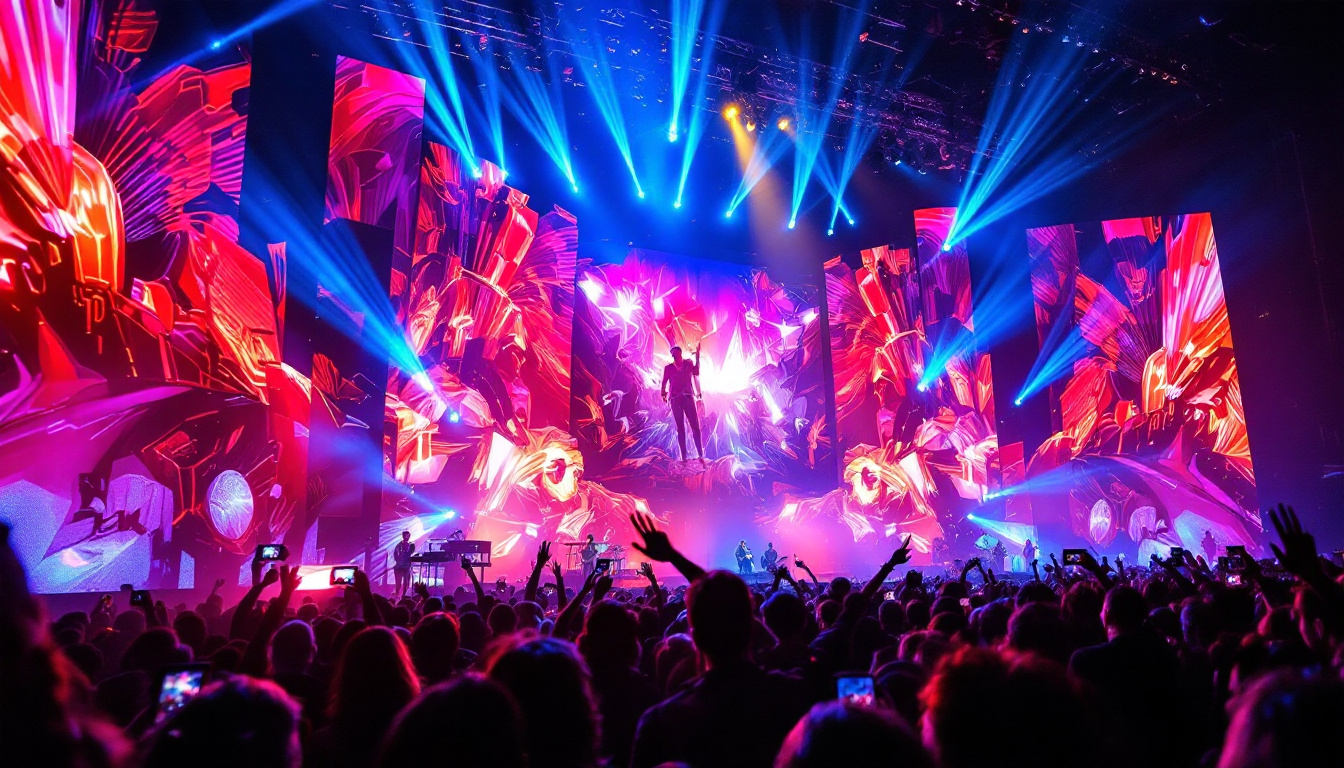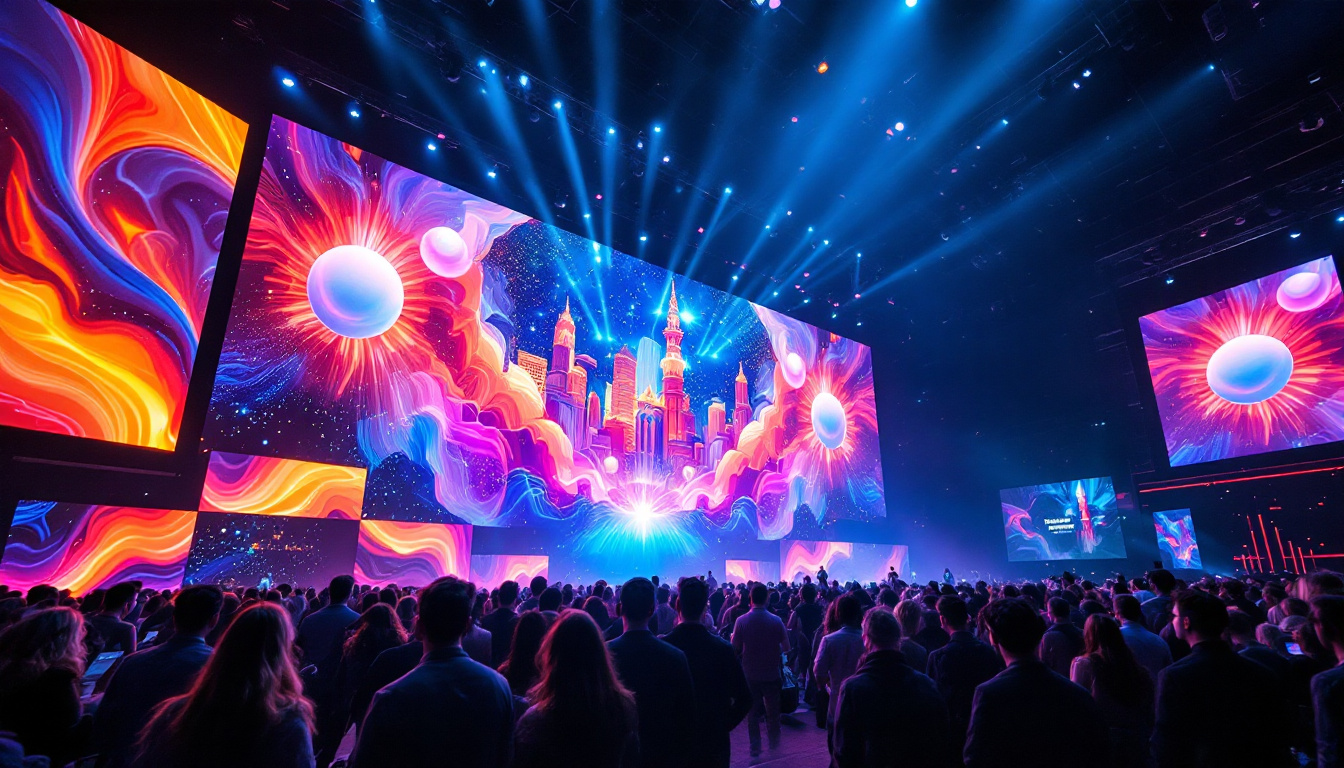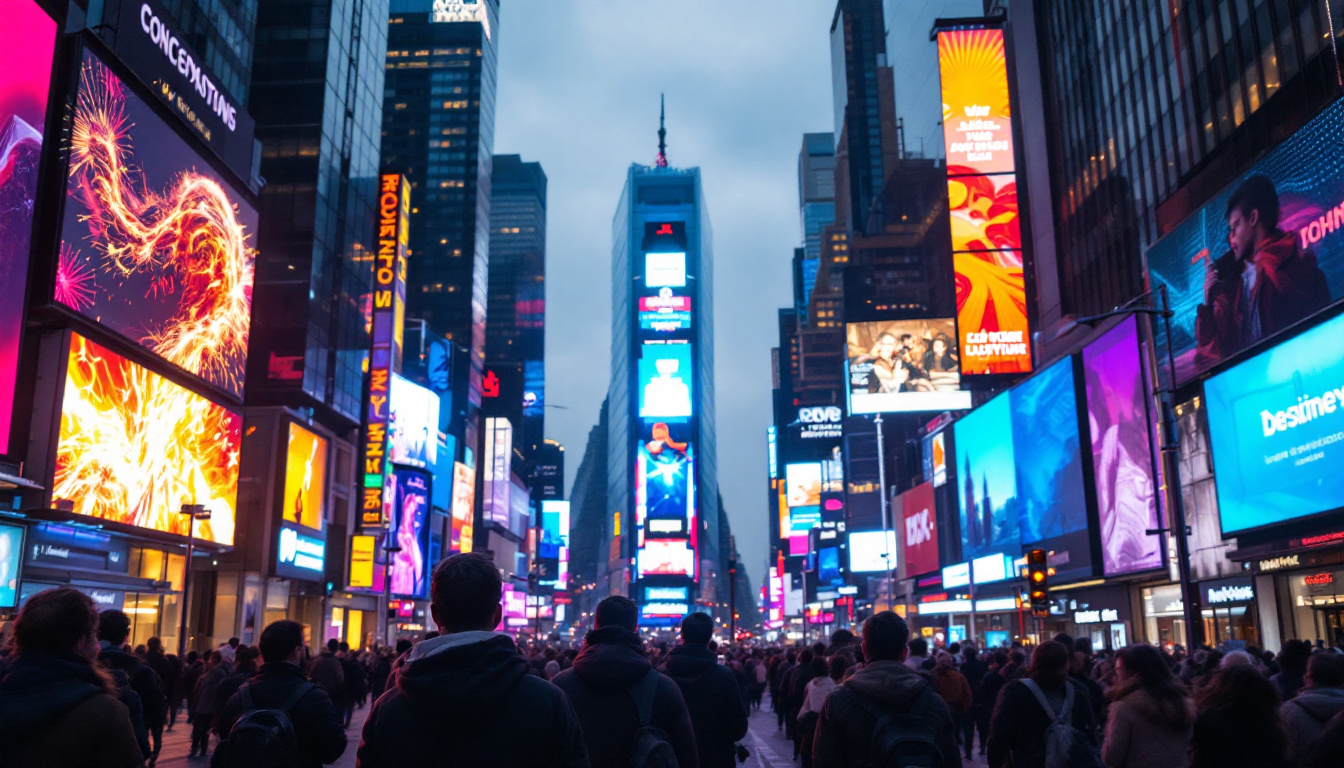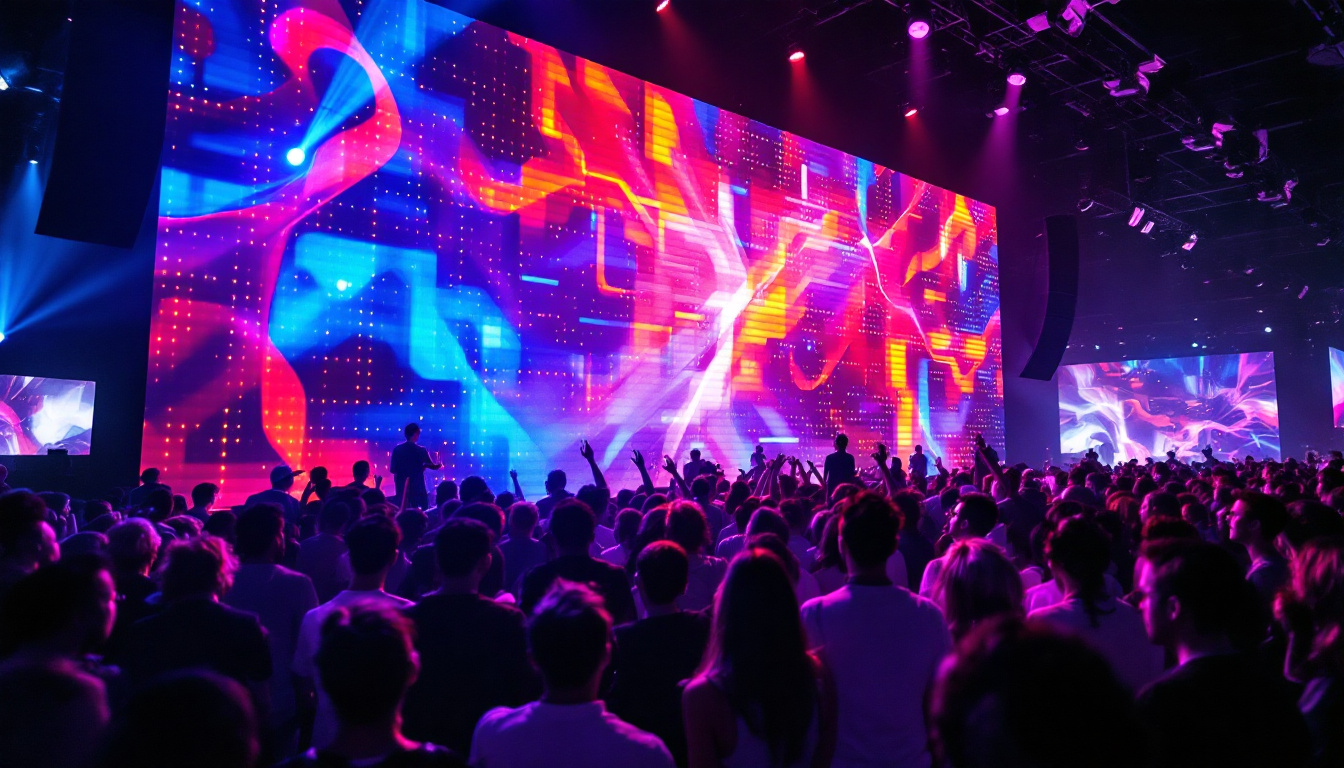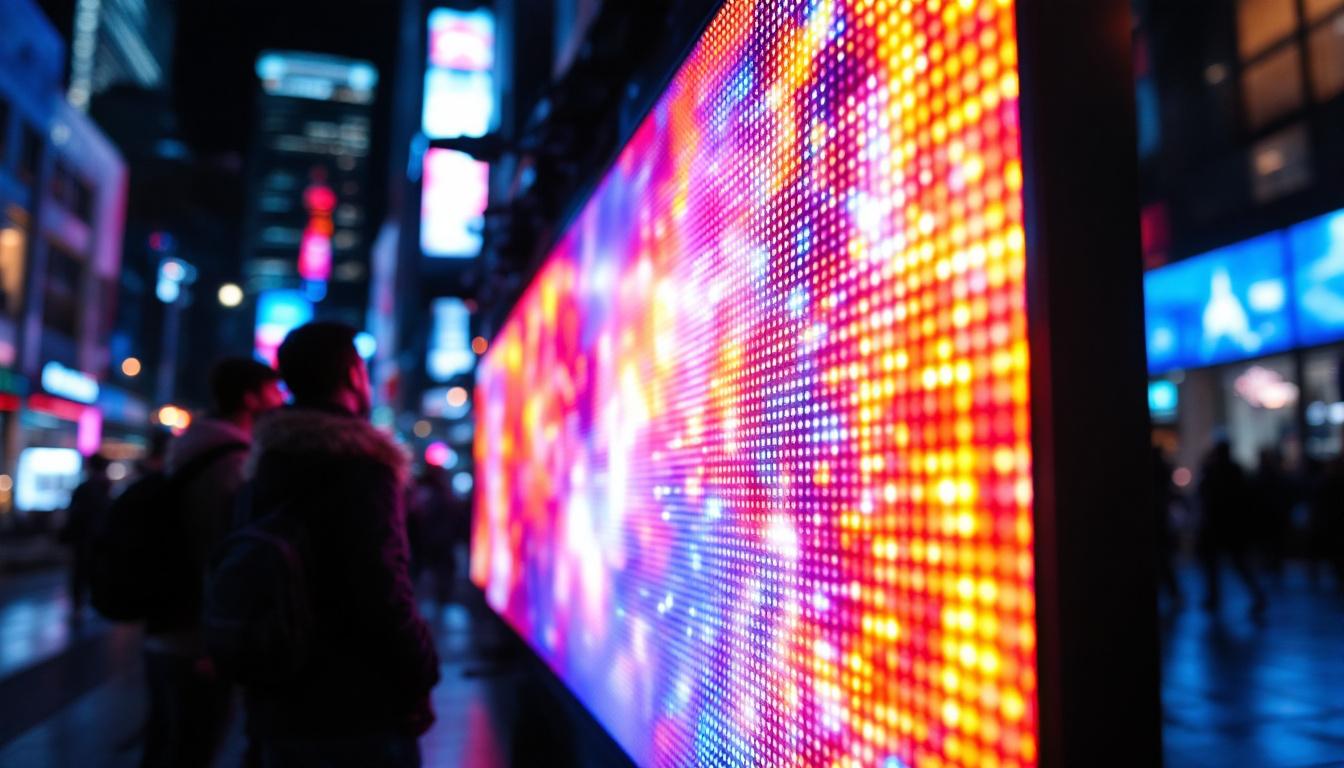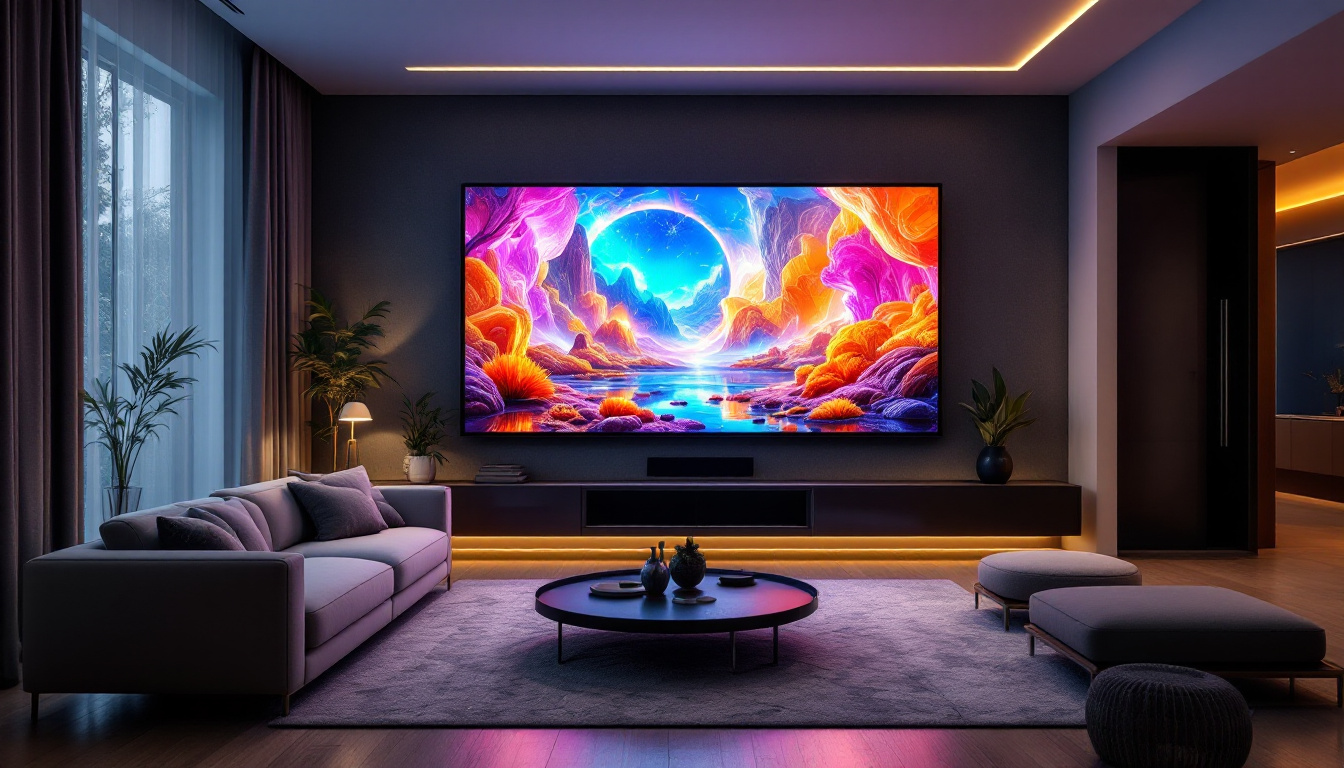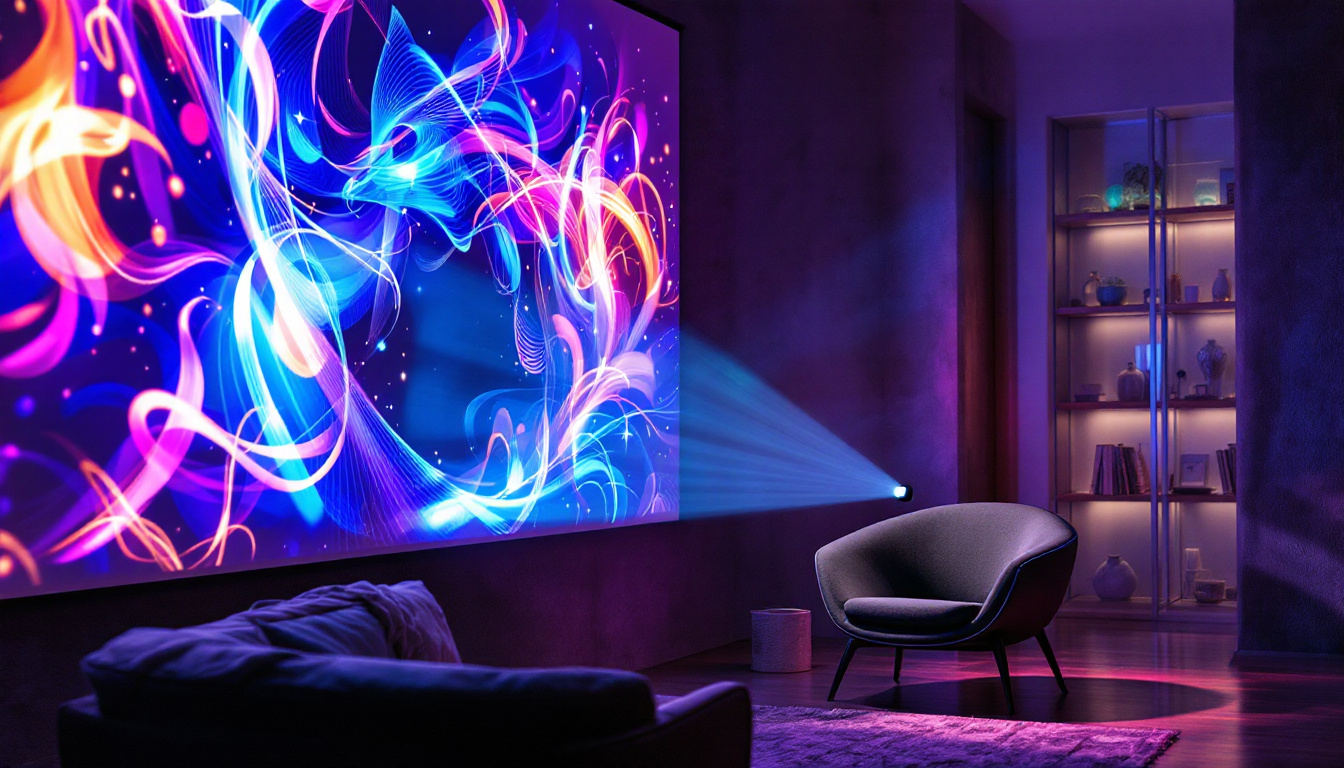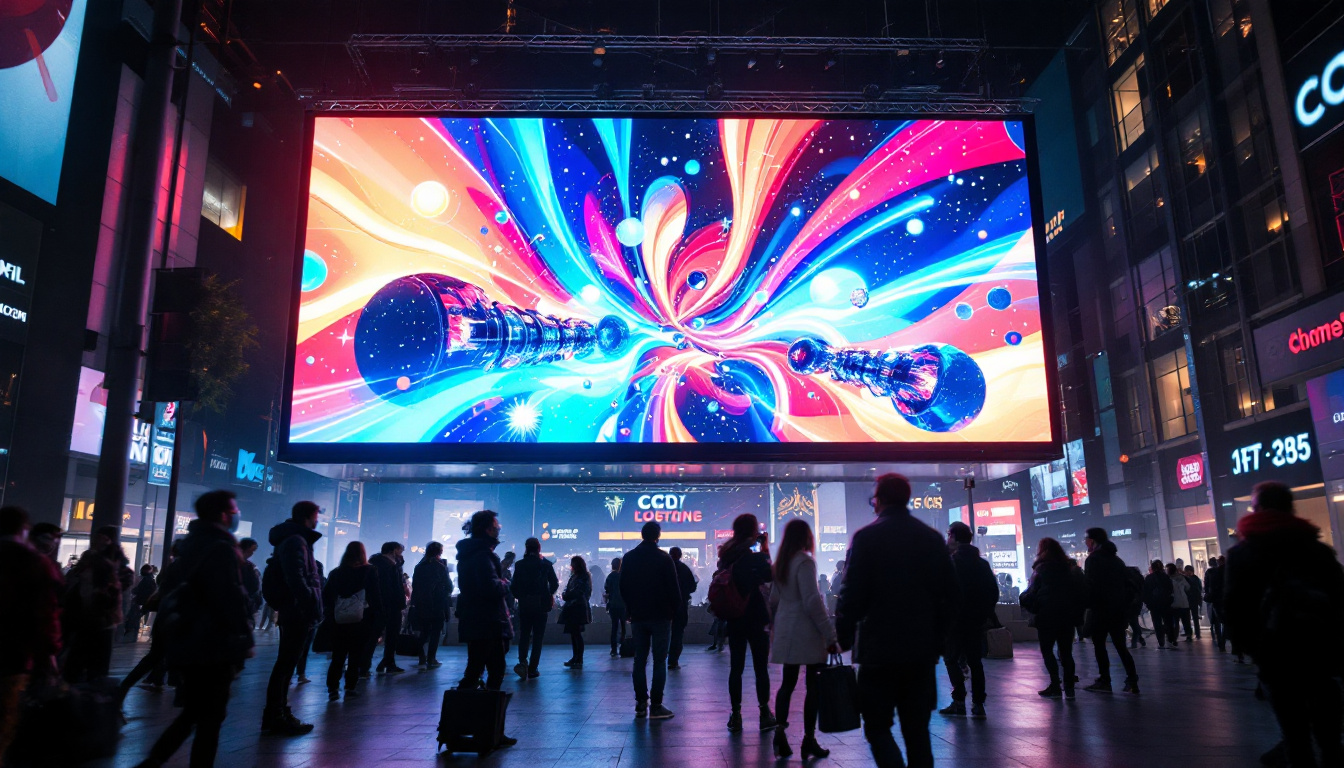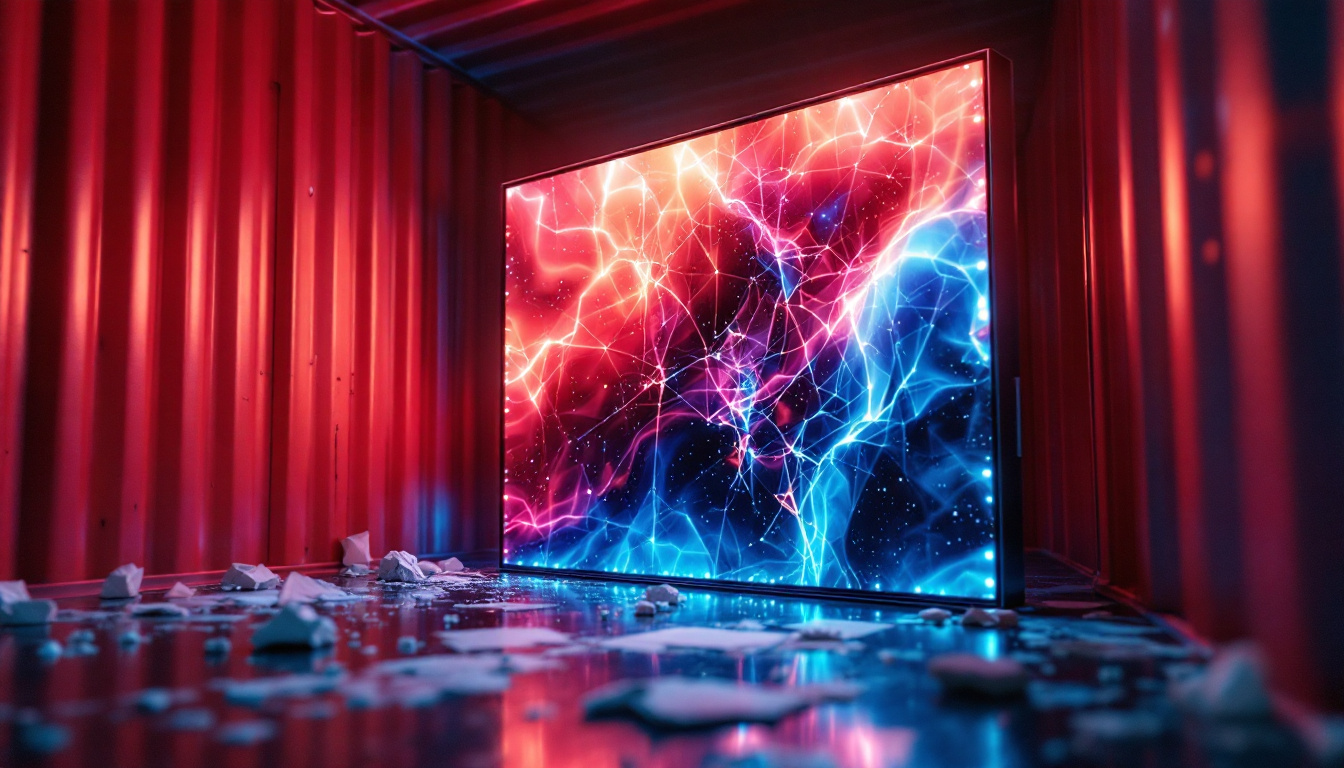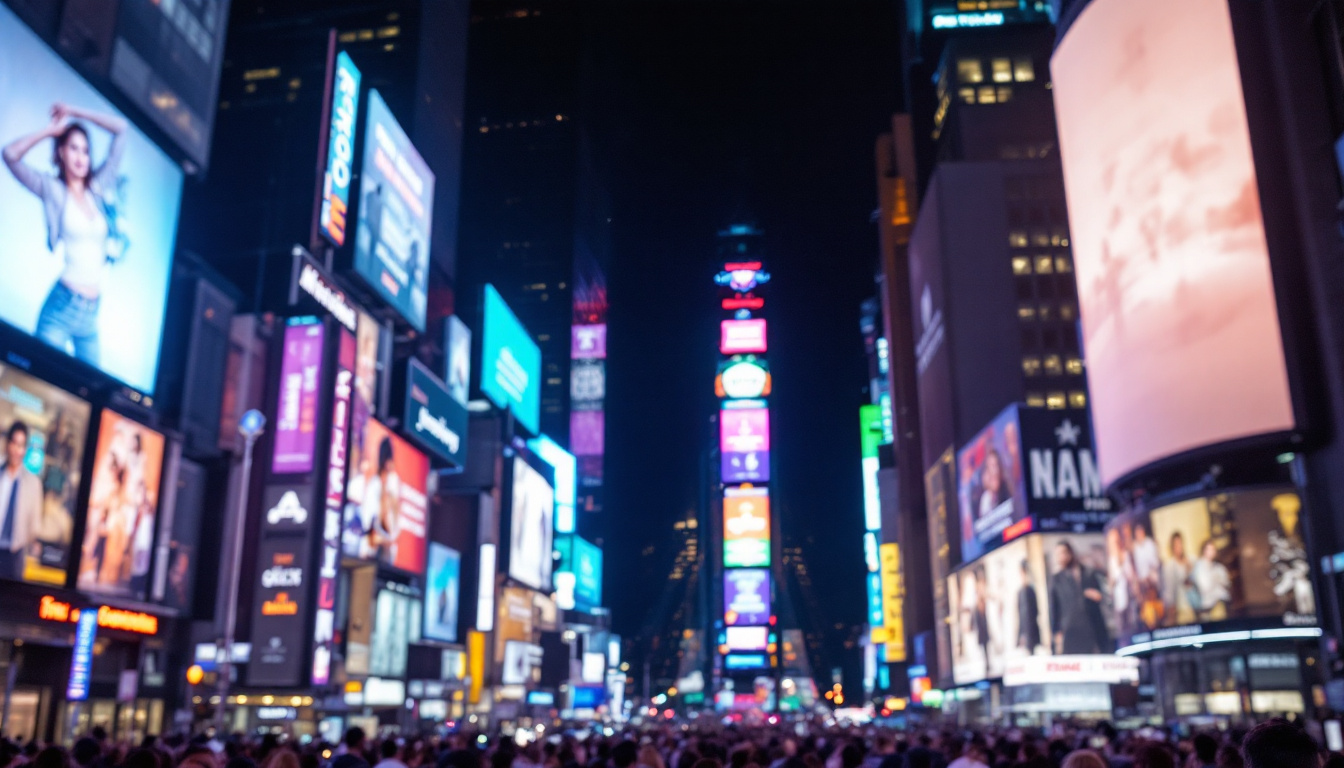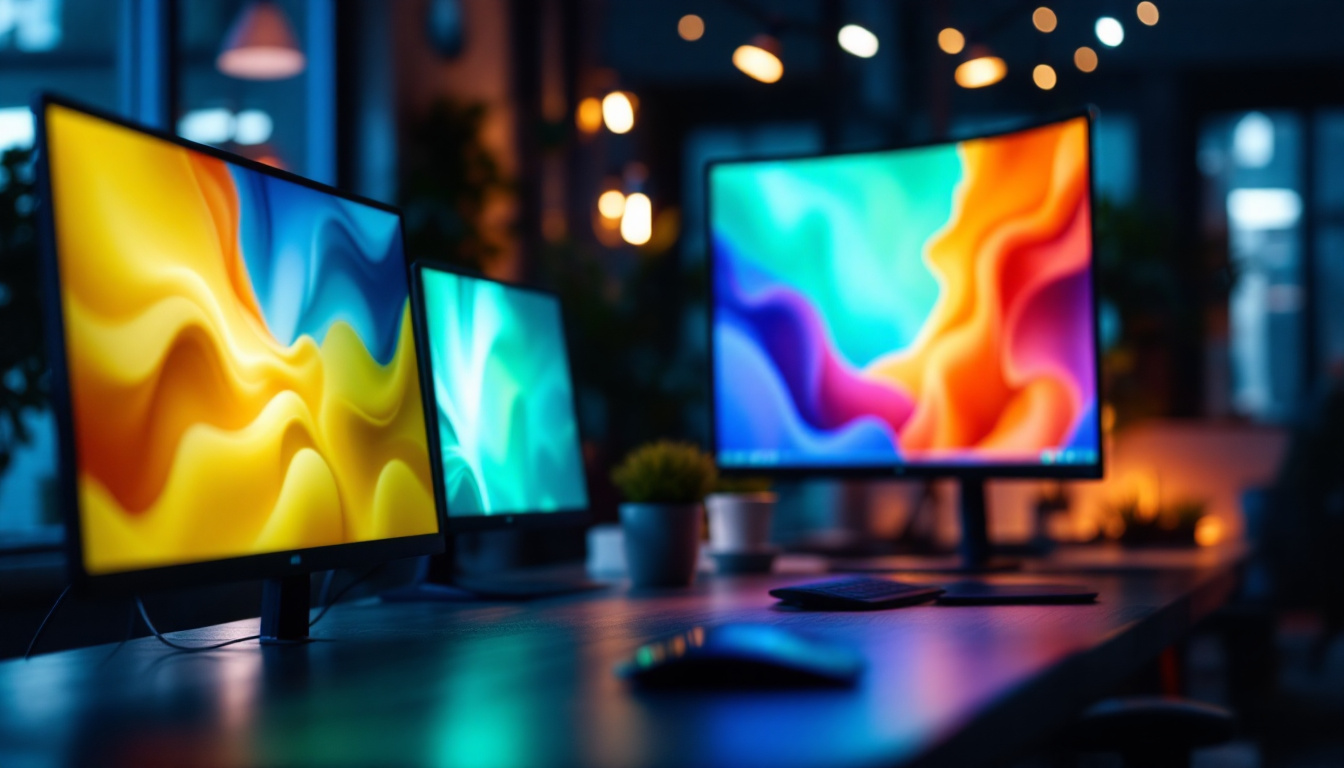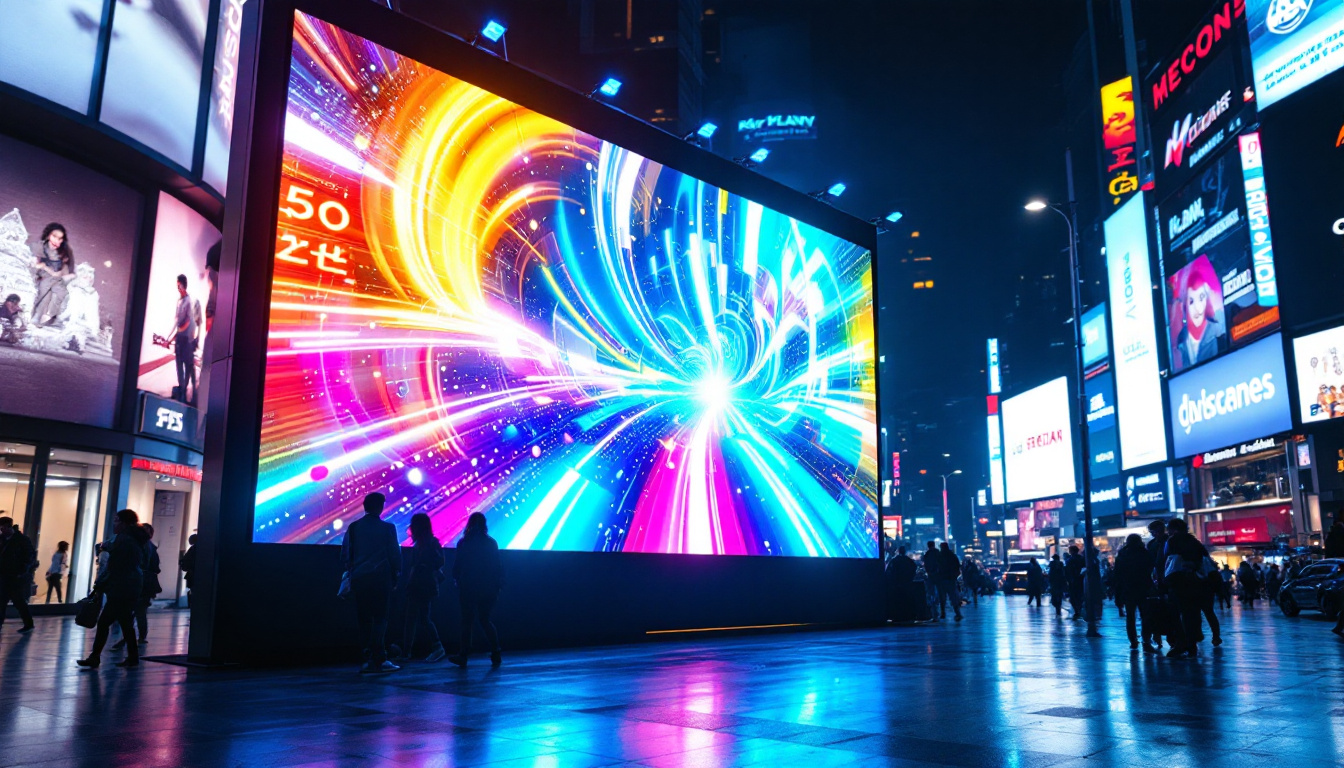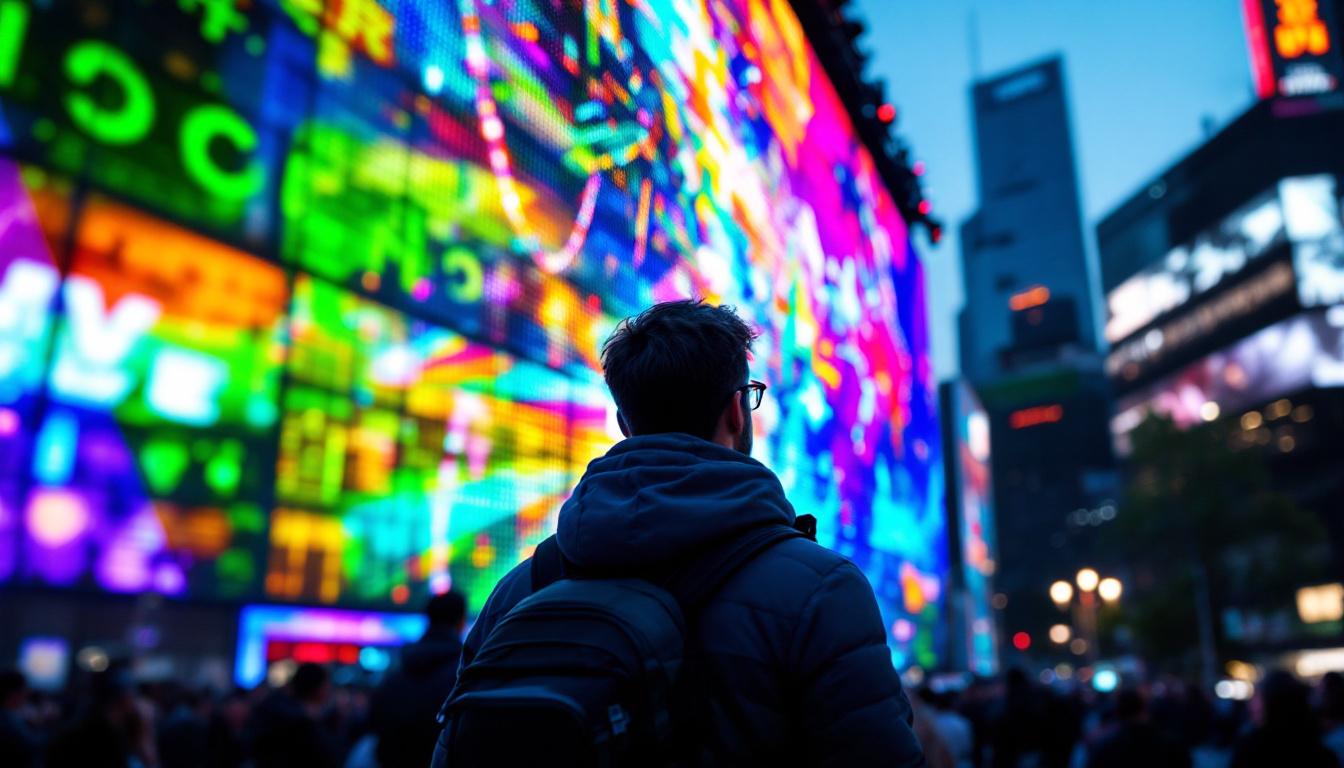Understanding LED Walls
LED walls have revolutionized the way visual content is displayed in various settings, from concerts and sporting events to retail environments and corporate presentations. These large-scale displays are made up of numerous individual LED panels that work together to create vibrant and dynamic visuals. The technology behind LED walls has evolved significantly over the years, leading to improved brightness, color accuracy, and energy efficiency. This advancement in technology has not only enhanced the viewing experience but has also made LED walls more accessible to a wider range of users, from small businesses to large enterprises.
As the demand for high-quality visual displays continues to grow, understanding the pricing structure of LED walls becomes essential for businesses and event planners. One of the most common ways to evaluate the cost of an LED wall is by examining the price per square foot. This metric provides a straightforward way to compare different options and make informed decisions. Furthermore, factors such as installation costs, maintenance expenses, and the potential for future upgrades should also be considered, as they can significantly impact the overall investment. By taking a holistic approach to budgeting, organizations can better align their visual display needs with their financial capabilities.
The Components of LED Walls
LED walls consist of several key components that contribute to their overall functionality and performance. Each panel is made up of thousands of tiny LED lights that emit light when an electrical current passes through them. The arrangement and density of these LEDs determine the resolution and clarity of the display. For instance, a higher pixel density results in sharper images and smoother video playback, which is particularly important for applications where detail is crucial, such as in medical imaging or high-end advertising.
In addition to the LED panels themselves, LED walls require a control system to manage the content displayed. This system can range from simple software solutions to complex hardware setups, depending on the scale and intended use of the display. Other components may include mounting structures, power supplies, and cooling systems to ensure optimal performance. Moreover, advancements in wireless technology have allowed for more flexible installation options, enabling users to create immersive environments without the constraints of traditional wiring. This flexibility is particularly beneficial in creative applications, such as art installations or interactive exhibits, where the layout can be adapted to enhance the viewer’s experience.
Types of LED Walls
There are several types of LED walls available, each designed for specific applications. Indoor LED walls are typically used in venues such as theaters, shopping malls, and conference rooms, where high resolution and color accuracy are paramount. Outdoor LED walls, on the other hand, are built to withstand the elements and are often used for advertising, concerts, and public events. These outdoor displays are engineered with protective coatings and robust enclosures to ensure longevity and durability, even in harsh weather conditions.
Additionally, there are flexible LED walls that can be shaped and curved to fit unique spaces, as well as transparent LED displays that allow for visibility behind the screen. Each type comes with its own set of pricing considerations, making it essential to choose the right one for the intended application. For example, while transparent LED displays offer a cutting-edge aesthetic, they may come at a premium price point due to their specialized technology. Understanding the specific needs of a project, including factors like viewing distance and ambient lighting, can help in selecting the most suitable type of LED wall, ultimately enhancing the effectiveness of the visual communication strategy.
Factors Influencing LED Wall Pricing
The price of an LED wall per square foot can vary widely based on several factors. Understanding these elements can help businesses and event planners budget effectively and choose the right display for their needs.
Resolution and Pixel Pitch
One of the most significant factors affecting the price of an LED wall is its resolution, which is determined by the pixel pitch—the distance between the centers of two adjacent pixels. A smaller pixel pitch results in higher resolution and better image quality, making it ideal for close viewing distances. However, displays with smaller pixel pitches are generally more expensive due to the increased number of LEDs required.
For example, an indoor LED wall with a pixel pitch of 1.5mm will cost more per square foot than one with a pixel pitch of 3.9mm. This pricing difference reflects the enhanced visual experience provided by higher-resolution displays, which are crucial for applications where detail and clarity are essential. In environments like retail spaces or trade shows, where consumer engagement is key, the investment in higher resolution can significantly impact customer perception and interaction.
Size and Configuration
The overall size of the LED wall also plays a significant role in determining the price per square foot. Larger displays typically benefit from economies of scale, meaning that the cost per square foot may decrease as the size increases. However, the configuration of the panels can also affect pricing. Custom shapes or configurations may require specialized mounting systems or additional hardware, which can increase costs.
When planning an LED wall installation, it is essential to consider both the desired dimensions and the layout. A well-thought-out design can help maximize impact while keeping costs manageable. Additionally, the placement of the LED wall—whether it’s in a high-traffic area or a more secluded spot—can influence the type of configuration needed, further impacting the overall budget. Creative configurations, such as curved or multi-faceted displays, can offer unique visual experiences but may also require more intricate installation techniques and materials.
Installation and Maintenance Costs
Installation costs can vary based on the complexity of the setup and the location of the installation. Outdoor installations may require additional considerations, such as weatherproofing and structural support, which can increase costs. Additionally, the need for ongoing maintenance should be factored into the overall budget. Regular maintenance is crucial for ensuring the longevity and performance of the LED wall.
Some companies offer maintenance packages that can help mitigate these costs, providing peace of mind for businesses investing in LED technology. Understanding these ongoing expenses is vital for budgeting effectively and ensuring the display remains in optimal condition. Furthermore, the choice of LED technology—such as SMD (Surface Mount Device) versus DIP (Dual In-line Package)—can also impact maintenance frequency and costs. SMD displays, while generally offering better color accuracy and brightness, may require more specialized care compared to their DIP counterparts, which can be more robust but less visually striking. This choice can ultimately influence both the initial investment and the long-term operational costs associated with the LED wall.
Comparing LED Wall Prices
When evaluating the price of LED walls, it is essential to compare different options to find the best fit for specific needs. This comparison should consider not only the price per square foot but also the quality of the display, warranty options, and customer support. Additionally, understanding the intended use of the LED wall—whether for advertising, events, or permanent installations—can significantly influence the decision-making process.
Price Ranges for LED Walls
LED wall prices can range significantly based on the factors discussed earlier. On average, indoor LED walls may cost anywhere from $20 to $100 per square foot, while outdoor LED walls typically range from $30 to $150 per square foot. High-end models with advanced features and smaller pixel pitches may exceed these averages. Furthermore, the installation costs can also vary, depending on the complexity of the setup and the location. For instance, walls that require specialized mounting or integration with existing infrastructure may incur additional labor costs that should be factored into the overall budget.
It is important to note that while lower-priced options may be appealing, they may not always provide the same quality and longevity as more expensive models. Investing in a reliable and high-quality LED wall can lead to better performance and lower maintenance costs in the long run. Additionally, consider the potential for energy efficiency; higher-quality LED walls often consume less power, which can lead to significant savings over time, especially in high-usage environments.
Evaluating Quality vs. Cost
When comparing LED wall prices, it is crucial to evaluate the quality of the product in relation to its cost. Cheaper options may save money upfront but could lead to higher costs down the line due to poor performance or frequent repairs. Conversely, investing in a higher-quality display can enhance the viewing experience and reduce maintenance needs. The pixel pitch, which refers to the distance between pixels, plays a vital role in determining the clarity and detail of the image displayed. A smaller pixel pitch generally results in a sharper image, making it a worthwhile consideration for applications requiring high-resolution visuals.
To ensure a wise investment, consider factors such as the manufacturer’s reputation, warranty offerings, and customer reviews. A well-regarded manufacturer with a solid track record may provide better support and a more reliable product, ultimately justifying a higher price point. Furthermore, it’s advisable to inquire about the availability of replacement parts and the ease of obtaining service, as these factors can greatly impact the long-term usability of the LED wall. Engaging with industry professionals or attending trade shows can also provide valuable insights and help in making an informed decision regarding the best options available in the market.
Conclusion: Making an Informed Decision
In conclusion, understanding the price per square foot of LED walls is essential for businesses and event planners looking to invest in this technology. By considering factors such as resolution, size, installation, and maintenance costs, it is possible to make informed decisions that align with specific needs and budgets.
As the demand for high-quality visual displays continues to grow, LED walls remain a powerful tool for engaging audiences and enhancing experiences. By carefully evaluating options and understanding the pricing structure, organizations can leverage this technology to create impactful visual displays that resonate with their audiences.
Ultimately, the right LED wall can elevate any event or business environment, making it a worthwhile investment for those looking to make a lasting impression.
Discover LumenMatrix’s Advanced LED Solutions
Ready to transform your space with a high-impact LED display? LumenMatrix offers a comprehensive range of LED solutions tailored to meet your unique needs. Whether you’re looking for an Indoor LED Wall Display, an Outdoor LED Wall Display, or specialized options like Vehicle LED Displays and LED Sports Displays, we have the technology to bring your vision to life. Experience the pinnacle of visual communication with our innovative LED Poster Displays, Floor LED Displays, Custom LED Displays, All-in-One LED Displays, and LED Transparent Displays. Elevate your brand visibility and audience engagement with LumenMatrix’s cutting-edge solutions. Check out LumenMatrix LED Display Solutions today and make a lasting impression with every display.

